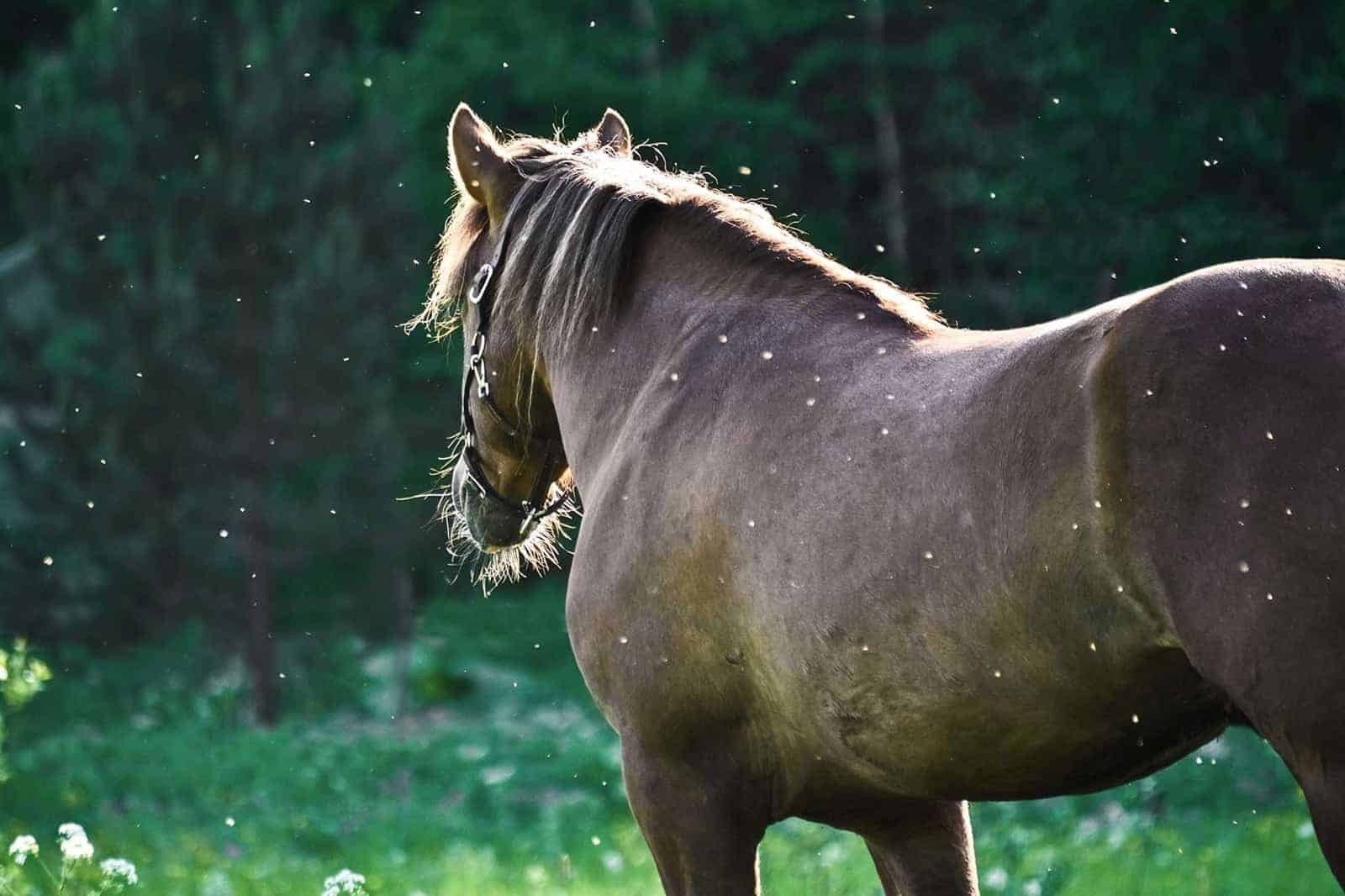Mosquito-Borne Disease: Is Your Horse at Risk?

These pests can transmit a variety of dangerous pathogens, depending on certain factors in your region
We’re all too familiar with the irritating sound of a tiny buzzing mosquito planning an approach for landing and a bloodmeal. This arthropod is not only annoying but also dangerous; in fact, it could be one of the world’s most lethal creatures. The many potentially fatal viruses it can transmit to humans and animals include encephalitis, West Nile virus (WNV), dengue, and now Zika, among others. It can also pass along the deadly parasites that cause malaria, yellow fever, heartworm disease, and elephantiasis.
For such a small insect, it packs a big punch of torment and suffering worldwide, with more than 1 million people dying each year from mosquito-borne diseases.
Horses are not immune to the equine pathogens mosquitoes carry. Unless immunized against specific mosquito-borne viruses, known as arboviruses, a horse is at risk of contracting Eastern, Western, and Venezuelan equine encephalomyelitis (EEE, WEE, and VEE) viruses and West Nile virus, which can cause fatal neurologic disease. As these names suggest, certain encephalitides are more prevalent in particular regions, whereas WNV is endemic, or found regularly, throughout the continental United States
Create a free account with TheHorse.com to view this content.
TheHorse.com is home to thousands of free articles about horse health care. In order to access some of our exclusive free content, you must be signed into TheHorse.com.
Start your free account today!
Already have an account?
and continue reading.

Written by:
Nancy S. Loving, DVM
Related Articles
Stay on top of the most recent Horse Health news with















